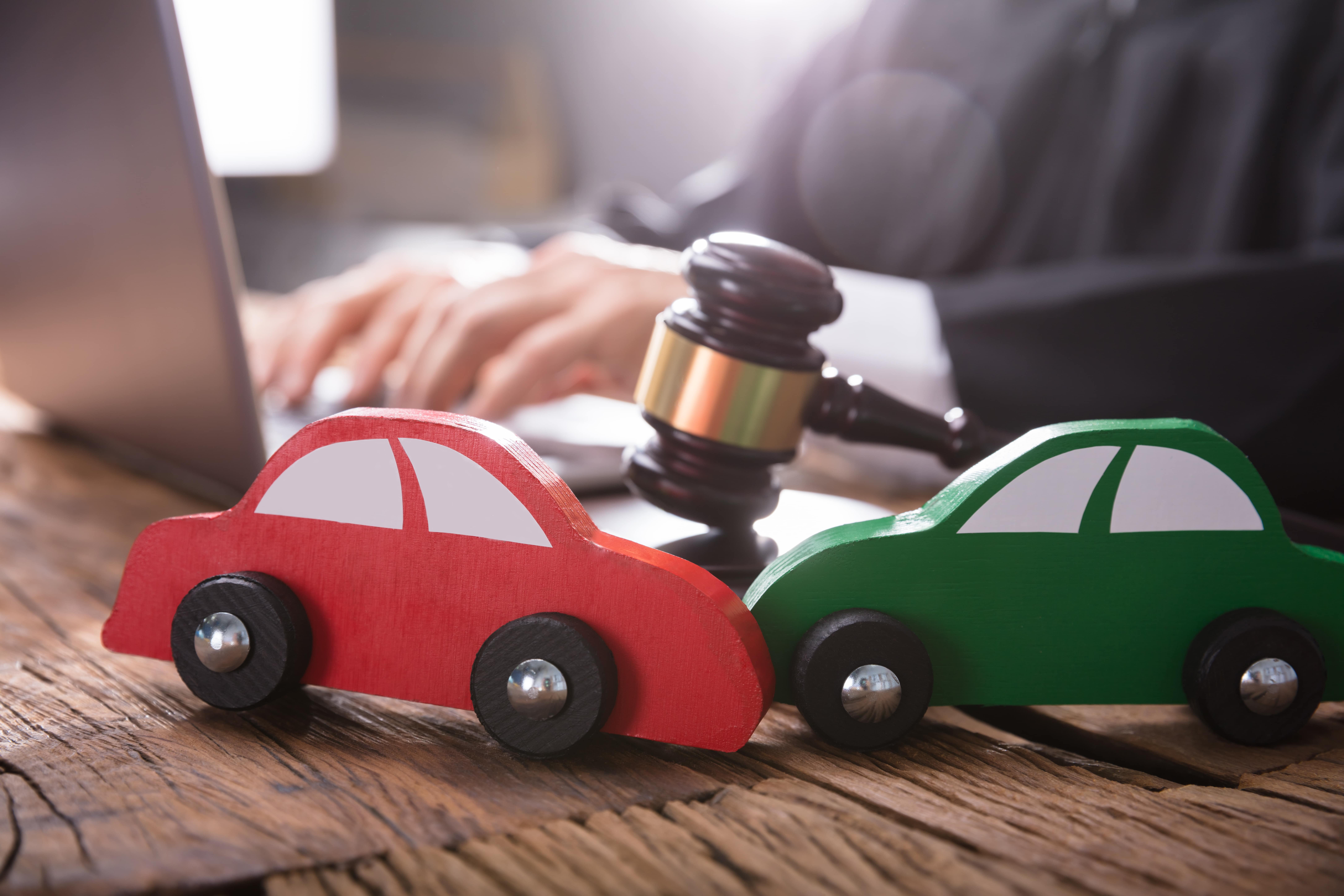
Car Accident Lawyer
In a world where mobility is a necessity, roads play a vital role in connecting people and places. However, not all roads are created equal in terms of safety. Some roads present greater risks due to a myriad of factors that make them more dangerous for drivers and pedestrians alike. Understanding the conditions that contribute to road hazards is crucial for providing assistance to those who have fallen victim to such perils. Here are some of the various conditions that can transform a seemingly ordinary road into a hazardous environment. Do not hesitate to seek the assistance of a car accident lawyer when you get into an accident – you need their help to gain the right amount of compensation.
Poor Weather Conditions
Inclement weather can drastically increase the chances of accidents. Rain, snow, fog, and ice can reduce visibility and traction, making it challenging for drivers to control their vehicles. Wet roads are notorious for causing hydroplaning, where tires lose contact with the road surface due to a thin layer of water. It’s imperative for drivers to adjust their speed and driving style during adverse weather conditions to mitigate the risks.
Inadequate Road Maintenance
Roads that have not been properly maintained can quickly turn into accident hotspots. Potholes, cracks, and uneven surfaces can cause drivers to lose control or damage their vehicles. Lack of proper signage, faded road markings, and insufficient lighting can lead to confusion and accidents, particularly during nighttime driving. Local authorities have a responsibility to regularly inspect and maintain roadways to ensure the safety of all users.
Distracting Surroundings
Roads that pass through high-traffic commercial areas or scenic spots can be distracting for drivers. Billboards, advertisements, attractive landscapes, and crowded streets can divert drivers’ attention away from the road ahead. It’s crucial for drivers to remain focused on the task at hand and avoid engaging in activities that take their eyes off the road, such as texting or browsing their phones.
Limited Visibility And Blind Spots
Sharp curves, hills, intersections, and poorly designed road layouts can lead to limited visibility. Drivers might not be able to see oncoming traffic or pedestrians until it’s too late. Blind spots, which are areas around a vehicle that are not visible to the driver’s mirrors, can also contribute to accidents, especially during lane changes or merging.
Insufficient Signage And Signals
Clear and well-placed road signs and signals are crucial for guiding drivers and pedestrians safely. Missing or confusing signage can lead to wrong turns, sudden stops, or failure to yield, resulting in collisions. Adequate signage is essential, especially at intersections, pedestrian crossings, and construction zones.
Construction Zones
While road maintenance is essential, ongoing construction projects can pose significant risks. Reduced lanes, detours, construction equipment, and workers in the vicinity can create chaotic traffic conditions. Drivers need to be extra cautious and adhere to speed limits in construction zones to protect both themselves and those working on the site.
Lack Of Pedestrian Facilities
Roads that lack proper sidewalks, crosswalks, and pedestrian signals can be hazardous for pedestrians. This is especially true in urban areas where foot traffic is common. Pedestrians might be forced to walk close to moving vehicles, increasing the likelihood of accidents.
The conditions that make a road more dangerous are often preventable with proper planning, maintenance, and responsible behavior by all road users. As a car accident lawyer, being well-versed in these factors can help you provide invaluable assistance to those who have suffered due to hazardous road conditions. Whether it’s pursuing compensation for injuries caused by poor road maintenance or advocating for safer traffic regulations, your expertise can make a significant difference in improving road safety and ensuring justice for your clients.


